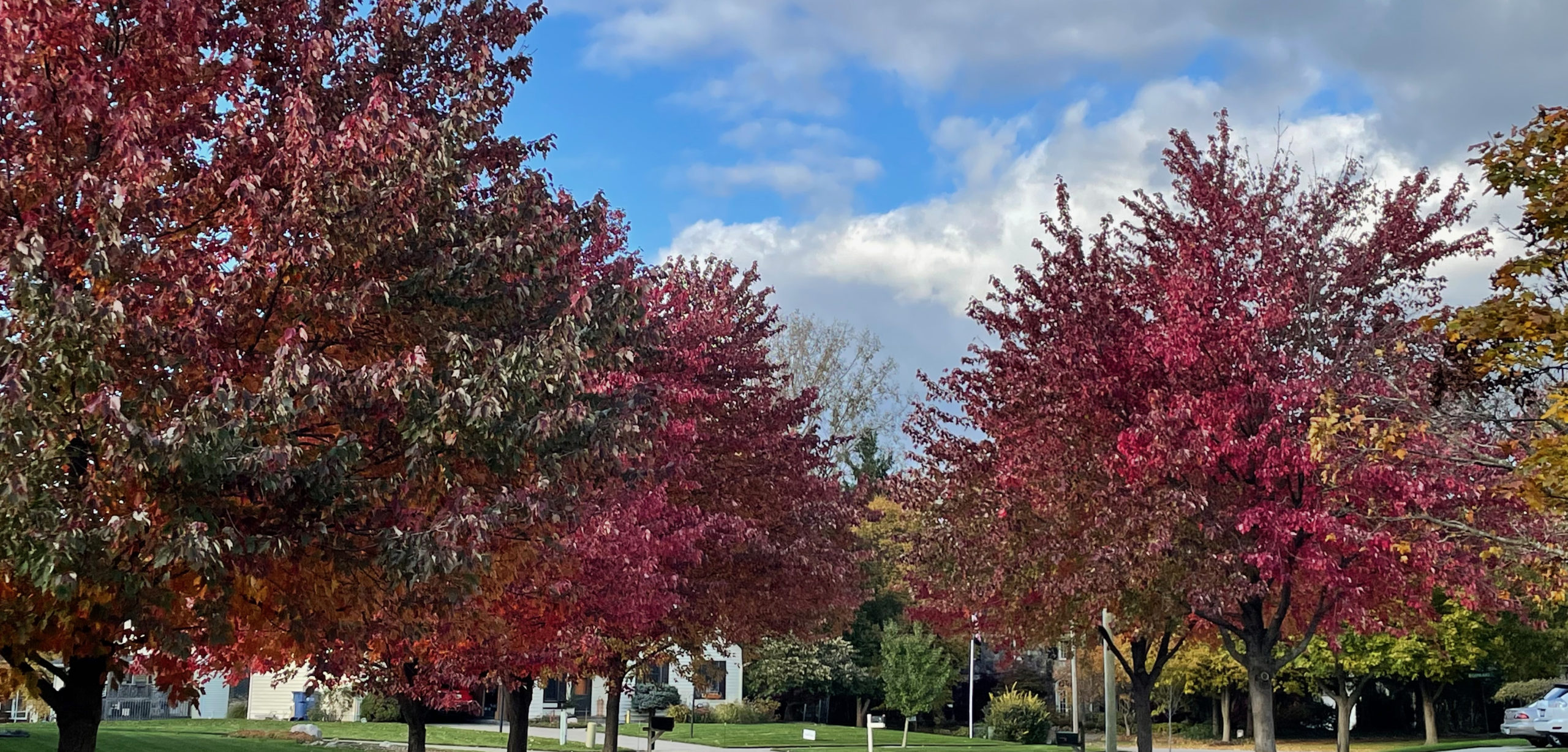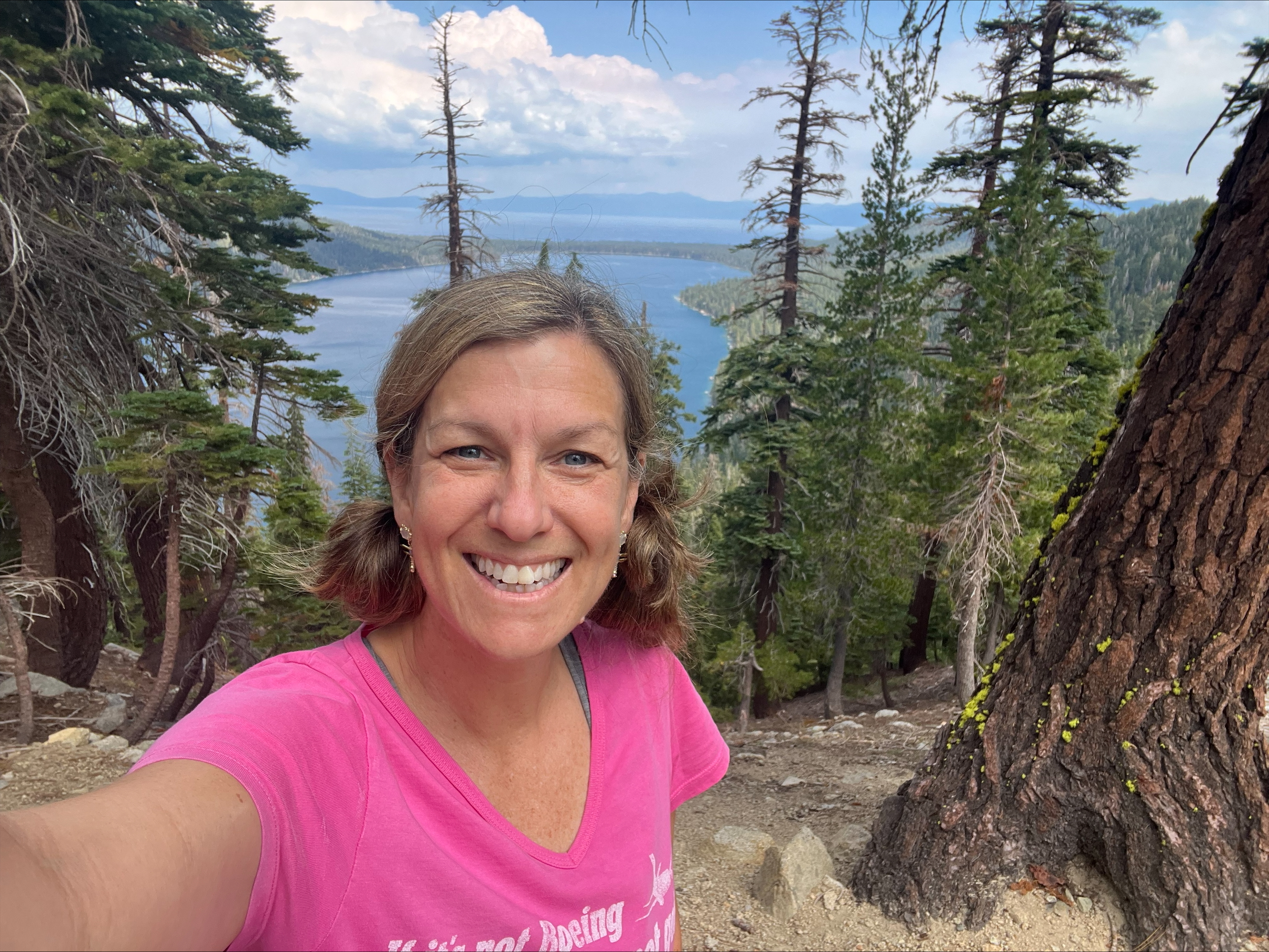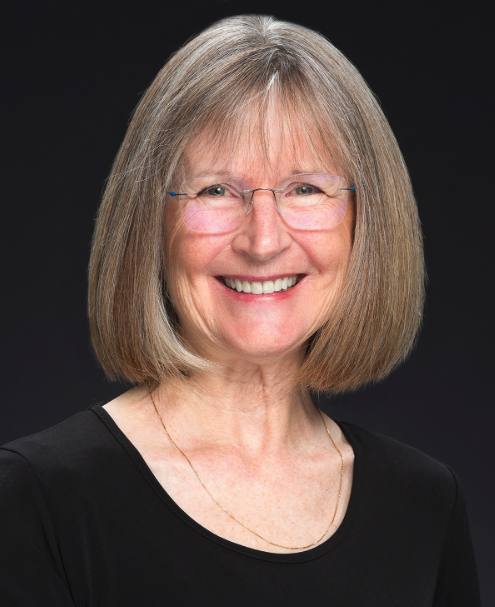My potted flowers and tomatoes have finally succumbed to frost. They droop pitifully, blackened and ragged, waiting for me to compost them back to the earth. The red maples on our street, meanwhile, glow a fiery red indeed, as if lit from inside even under gray skies. Soon the brilliant leaves will all flutter to the ground like confetti after a party. The season is over; now we prepare for winter. And I wonder: what will next year bring?
As Tim Van Deelen wrote earlier this week on The Twelve, COP 26 is now taking place in Glasgow. After a summer distressingly packed with wildfires, hurricanes, flooding, and other extreme weather events, more people than ever are watching the proceedings and negotiations among the 197 nations represented. Some 30,000 people have gathered as a tangible demonstration of one undeniable fact: we all live on this earth, and therefore, like it or not, we are all in this together.
My environmental literature class has been reading a few climate fiction dystopias this semester, and I think I managed to get thirteen smart, engaged students thoroughly depressed. How bad can things get as a result of climate change? Very, very bad—according to the imagination of novelists like Octavia Butler. In an effort to lift the class from the mire of literary dystopias, I also assigned the “anti-dystopian” novel The Ministry for the Future by Kim Stanley Robinson.
The novel is set in the near future, approximately the 2020s through the 2050s. The United Nations has set up an office called the Ministry for the Future and put Irish diplomat Mary Murphy in charge (she’s modeled after former Irish President Mary Robinson, among others). Their task: do what needs to be done to turn this planet away from the worst climate disasters. Get us on track for a hopeful future. It’s not easy, but by the end of the novel, through interesting complications and plot twists, Murphy and her team more or less succeed.
I hope to do a formal review of the novel later, but for now, I’ll focus just on chapter 94, a place where literature and today’s headlines intersect. In this chapter, Mary attends COP 58. What could COP 58 be like if we posit that today, right now, people all over the world do the right and necessary things to protect each other and the planet?
As Mary walks around the poster halls and pavilions she marvels at all that has been accomplished and also at all the “wicked” problems that remain. I asked the class to help me make a “task list” based on this chapter. According to Robinson’s fictional future–and keep in mind that Robinson does so much research he is accused of riding the line with nonfiction–what do we have to do in order to avert climate disaster in the next 30 years?
- The world has to make a lot of clean energy. Obviously.
- We have to put far, far less CO2 into the atmosphere. In Robinson’s fictional future, by 2053, levels of CO2 emissions have successfully dropped to 1887 levels.
- That’s production of carbon. But what about “legacy” CO2 already in the atmosphere? We must get CO2 back down to 350 ppm, the highest level reached in the normal, preindustrial cycling of the earth’s carbon. The novel posits that the levels had shot up to 478 before the particulates started dropping again. My students were astonished to learn that in real life, in 2021, we have already reached 419 ppm.
- We need to limit population growth. No one is suggested anything draconian or coercive. In the novel, merely raising the standard of living and educating poorer women has had the desired effect of reaching a replacement rate of 1.8 children per woman.
- We can use abundant clean energy, when storage isn’t possible, to do other useful things like desalination (to address water shortages) or direct carbon capture.
- Extraction industries must stop extracting and dumping waste at a rate much faster than biological systems can manage to absorb. In other words, we have to practice sustainable harvests.
- Half Earth Projects. This refers to the real movement to preserve half the earth’s land and sea as wild. Some of the land can be populated lightly and human-managed; some remains entirely wild. The idea is simply to recreate and restore habitat for wild animals and plants—because we need the wild to sustain the health of the land and water we use. Robinson has some lovely chapters in which characters enjoy the new wildlife corridors that wind among human settlements.
- Economic restructuring. The novel explores a whole bunch of economic tools to create the right incentives for living sustainably, incentives aimed at banks, the fossil fuel industry, government, and regular people. I’m hoping to read the novel again with a colleague from Calvin’s economics department so that I understand this aspect better. But Robinson plays around in his fictional future with currency tracking tools, carbon taxes, carbon coins to reward carbon sequestering and not burning fossil fuel inventories, wage ratios, progressive taxation, repairing wealth disparity, and more. Most important: new economic indicators take into account biosphere health. Yep, these are very lefty solutions from the point of view of 2021. And in the novel, they only start to fall into place when a female Chinese banking exec gets on board with the plan.
- Land use reform. This includes regenerative agriculture, reforestation, landscape restoration, and other initiatives that focus on soil and forest health. The most amazing “machines” we have for carbon sequestration: plants and soil.
- Keeping sea ice intact. Many chapters in the book detail a scientific hail-Mary project designed to save Antarctic glaciers. Robinson has spent time in Antarctica and knows all about glaciology, so these are fun chapters.
Once we had something like this list on the whiteboard in the classroom, I asked students: can we do it? Some were very skeptical. Others didn’t know what to think. We all felt overwhelmed. How on earth are we supposed to do anything! We are not international delegates or industry executives! And even in this hopeful novel, those wicked remaining problems include women’s status and stubborn patriarchy, recalcitrant empire, legacy waste and pollution, and of course, ocean health–which is much harder to restore than land health.
To give my students (and myself) some sense of agency in all this, I pointed to the list on the board and said: pick one. Pick one you care about and figure out what gifts you have that can help. As Kathleen Dean Moore says, Don’t just be one person. Find others who care about what you care about and team up. And I told them that the international activist group 350.org began at Middlebury College in Vermont with one professor, a handful of students, and some internet savvy.
We did agree, though, that no one could make any progress unless we had some vision of the world we wanted to live in, and some ideas about possible steps to take to get there. Novelists like Robinson can offer us vivid possibilities, and then we can ponder whether that’s the right direction.
To accompany our reading, we also listened to an interview with Robinson and with another writer, Eric Holthaus. At one point in the interview, Holthaus pointed out that history is full of moments when things pivot very quickly. Revolutions (and Reformations, for that matter) can move very quickly once they’ve begun. Those of us older than my students understand this directly: desktop computers, the internet, cell phones—the digital revolution happened in a few decades, and who could have imagined it?
Are we in the midst of another kind of revolution, an “ecological conversion,” as the Pope commends? What happens at COP 26 is very important but not entirely determinative. What the next seasons bring depends on the mercy of God and that is what I pray for: God’s mercy as evidenced in vision, courage, ingenuity, repentance, and perhaps most difficult of all, the grace to work together.






